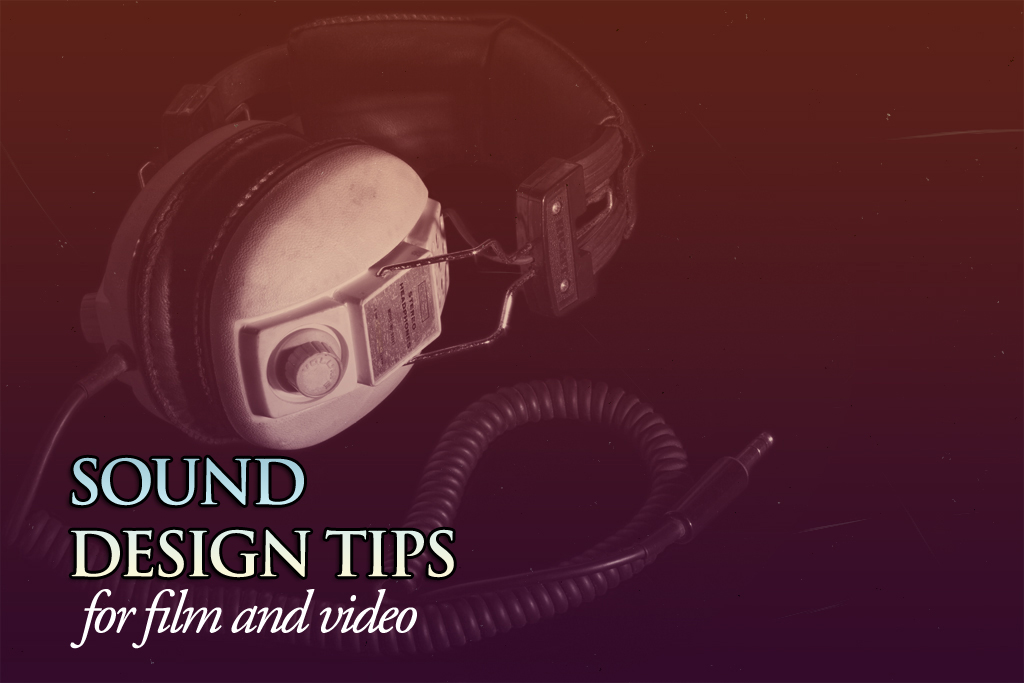Whenever we face the hard task of editing a new film project there is an opportunity to mix footage and sound in a way that will deeply and strongly convey the message or scope of such project. The following tips are meant to help you explore ways of using sound to boost the visual effect of the footage and lift the viewer's experience to a whole new level.
Use sound to transition into a new scene:
You do not have to cut sound with every cut of footage. You can effectively use sound to trigger the beginning and smooth out the ending of a scene. Something as simple as an ambulance siren in pitch black frames can set the ambience and viewer's state of mind for the following scene.Take advantage of diagetic and non diagetic sound to tell your story:
Diagetic sound can be used effectively to convey the state of mind of characters. The sound of a phone ringing nonstop as your character seems to be lost in thoughts can tell a lot about what is going on in the mind. Non diagetic sound can be used to surprise the viewer with a sudden action. Think of the screeching violins of Alfred Hitchcock's Psycho shower scene.Apply audio transitions in joints between sound clips:
Avoid those annoying pops or clicks when you join sound clips by using a simple fade in sound transition. It will smooth out the joint and make it unnoticeable for the viewer. Make sure to adjust the gain levels too to achieve level normalization.Do not tell your story with song lyrics:
Your viewers are not stupid and they will certainly appreciate when you use sound as a complement of the images and not to retell the same idea on the screen.Avoid the use of digital silence:
Human ears are not used to digital silence. Unless used for a specific purpose, it is better to use room tone or recorded silence to smooth out the transition from a gap with no sound to a sound clip.Make sound and footage contrast with each other:
Depending on the situation and scene, it can be more interesting when the sound goes against the footage. You can achieve a more terrifying effect when a horrible situation takes place while an intensifying classical score plays on the background rather than just adding a scary or suspense tune.Garbage In, Garbage Out:
Make sure you record everything correctly and clearly. Once you have the sound recordings, they will be the best quality you can work with. There are no filters or processes that will improve the quality of the recorded sound.Always choose WAV over MP3:
MP3 is a lossy (highly compressed) format and it is not recommended for a quality project. In case you do need to use mp3 files in your project, be aware that certain editing software do not work well with this format and require the files to be converted into a different one such as wav or aiff. When buying royalty-free sound clips or stock music, make sure the format they are selling is of good quality and is not a lossy one. Some sites only sell mp3 files, so always try to get the best bang for your buck.
No matter what your project aims for, sound will always be a powerful tool to help you get the message across. So next time you must deal with sound design, think about these basic steps and you will definitely won't underestimate the power of sound and its effect on film.


